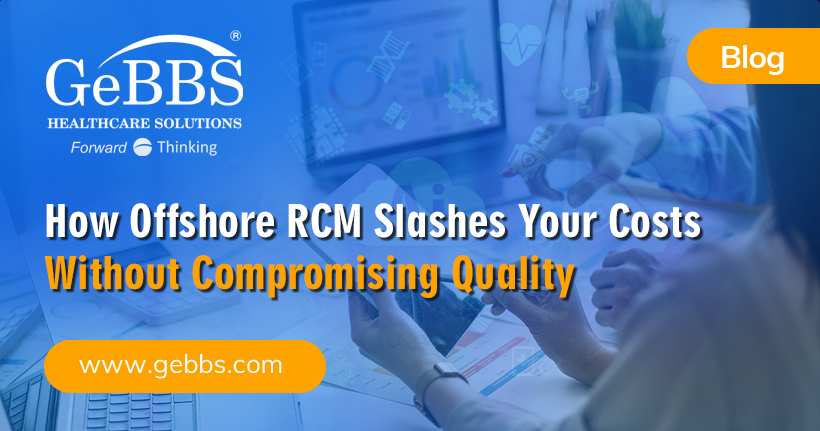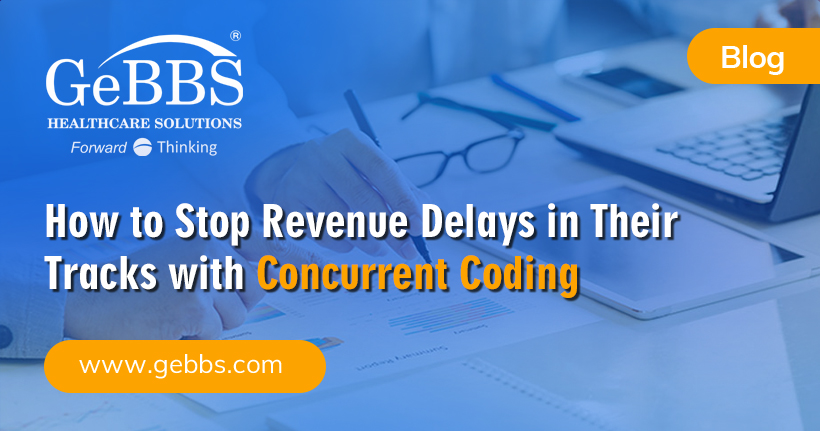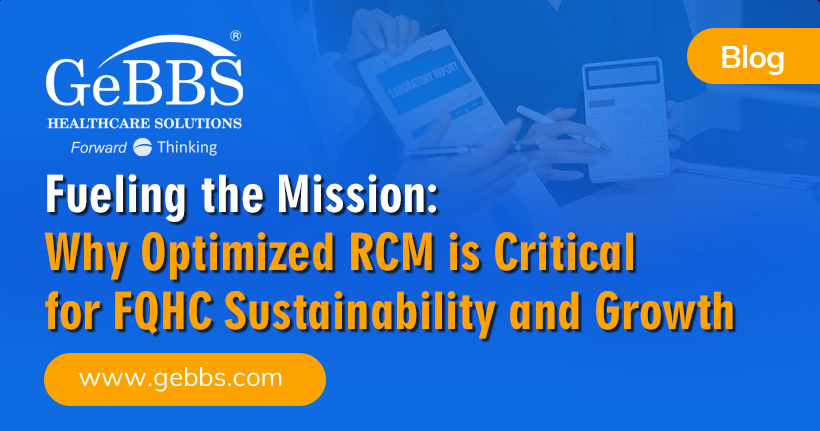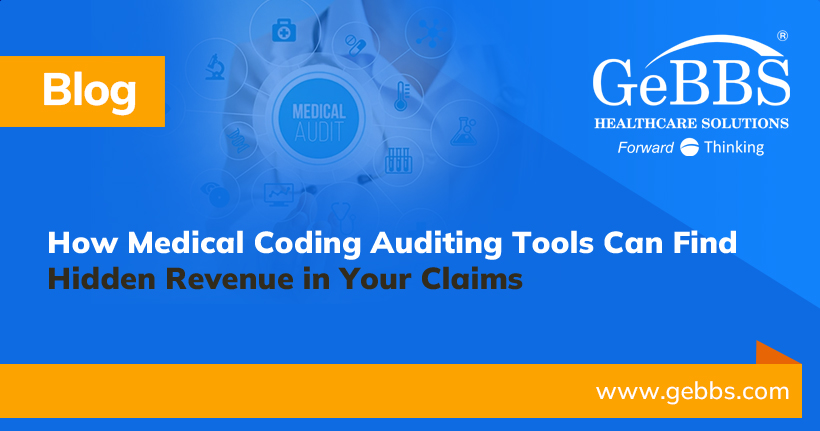There’s an old adage that says “Less is more,” but when it comes to data in healthcare, this generally doesn’t ring true. For risk adjustment and HEDIS programs, most payers will agree that more data, and not less, is critical to ensuring fair and accurate reimbursement.
That’s why there’s been recent backlash in response to the Centers for Medicare and Medicaid Services (CMS)’ announcement that they’re moving to using only encounter data for 2022 and beyond for Medicare Advantage (MA) risk adjustment and payments. According to a 2019 Modern Healthcare article “Insurers have long argued that encounter data is often incomplete and inaccurate, which reduces the risk scores of the patients and thus, Advantage plans’ payments.” Another article on Healthaffairs.org states Stakeholders continue to raise concerns about the operational challenges involved in gathering and validating encounter data (for example, the greater volume of data that must be reported, frequency of reporting).
Risk Adjustment 101 and Why Data Matters
Medicare Advantage organizations are paid by CMS using a capitated model, which means they receive a flat fee per member per month – but the flat fee varies by patient. Since those patients with more complex health problems will cost more to cover, each member is assigned a risk adjustment factor (RAF). Higher risk adjustment factors are tied to higher reimbursement, which incentivizes payers to cover those patients with chronic health problems who would generally be less desirable members due to their high healthcare costs.
Determining these risk scores is done using a complex model. Of the approximately 70,000 ICD-10-CM codes, about 7,500 map to 79 HCC categories. The diagnoses must be documented by the physicians who provide care. Subsequently, a risk adjustment factor (RAF) is assigned to each HCC category. This is why accurate clinical documentation is critical – it ensures those patients with more complex health histories will be assigned the appropriate risk adjustment factor.
Claims Data, Encounter Data vs Chart Data – What’s the Difference?
Currently, MA plans submit data using two disparate formats – the first of which is the Risk Adjustment Payment System (RAPS). RAPS has been used since 2008 and is considered a legacy platform that is being slowly replaced by using encounter data, or the Encounter Data Processing System (EDPS). RAPS data provides diagnosis information that’s not always captured in encounter data. This transition has been ongoing for years, as the reliance on encounter data versus RAPS data has shifted. While encounter data in and of itself provides more information than RAPS data, it still differs greatly from fee-for-service claims data. Many experts believe EDPS will work better in a value-based world since it can be used to better predict the costs and needs of populations.
Chart data, on the other hand, also plays a critical role in the world of risk adjustment. That’s because the clinical chart holds much of the data that determines each member’s RAF score. Historically, chart retrieval has been a painful process for payers and practices alike, requiring manual outreach methods such as phone and fax to get the medical records needed. Fortunately, today there are numerous automated self-service tools that can help organizations save time and resources while getting the medical records data needed. Utilizing a platform that allows providers to share records using EMR integration and an advanced dashboard that offers real-time data can help address payers’ challenges related to medical records retrieval.
The Bottom Line – More Data is Better
Managing the incredible amounts of data needed to effectively run a Medicare Advantage plan isn’t easy. However, using the right combination of tools and team, payers can ensure their members are properly RAF scored and risk adjustment programs are reimbursed appropriately.
Having a partner that understands the data – all the way from medical records retrieval to HCC coding through to RAF score reporting, as well as processing HEDIS measure data, can help payers maximize their quality and financial performance.
GeBBS Healthcare Solutions can support your data driven strategies and initiatives through the use of the most up to date technologies and highly trained staff to ensure the best use and application of your data.
To learn more about GeBBS’ data management capabilities, please visit us at https://gebbs.com/solutions/payer-solutions/ or get in touch with one of our payer solutions experts by clicking here.






